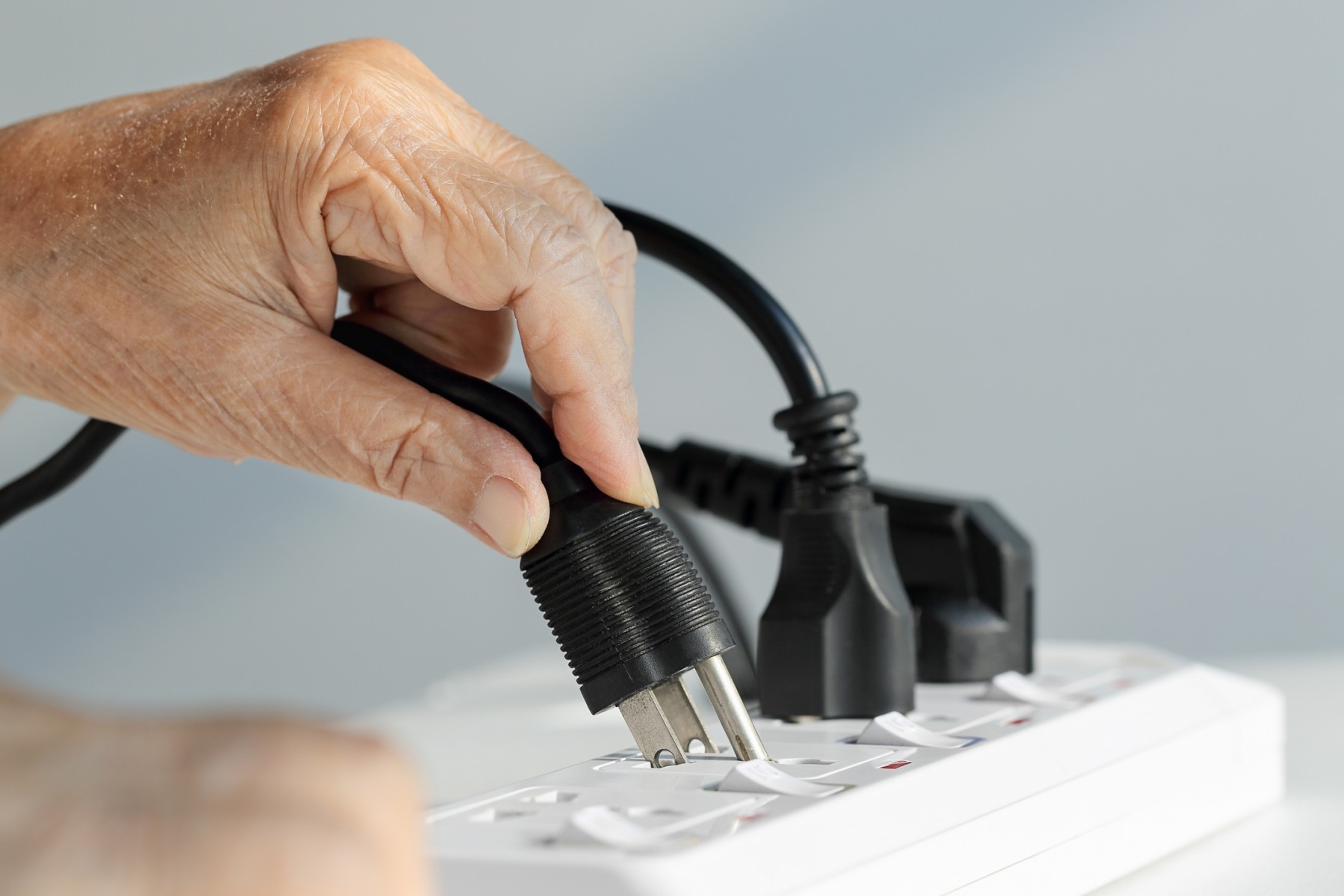

Articles
How Much Can You Plug Into A Surge Protector
Modified: August 26, 2024
Discover how many devices you can safely connect to a surge protector. Read informative articles on protecting your electronics from power surges.
(Many of the links in this article redirect to a specific reviewed product. Your purchase of these products through affiliate links helps to generate commission for Storables.com, at no extra cost. Learn more)
Introduction
Welcome to the world of electricity and the important role surge protectors play in safeguarding our electronic devices. In this digital era, our lives are intertwined with various gadgets, appliances, and devices that rely on a steady and uninterrupted flow of power. However, electrical surges caused by lightning strikes, power outages, and voltage fluctuations can pose a significant threat to these devices. This is where surge protectors come into the picture.
A surge protector, also known as a surge suppressor or surge diverter, is a device designed to protect your valuable electronics from sudden voltage spikes. These spikes can damage or destroy sensitive components of your devices, leading to costly repairs or replacements. Surge protectors act as a first line of defense by diverting excess voltage away from your devices and preventing them from being fried.
But how much can you really plug into a surge protector? Are there any limitations or guidelines to follow? In this article, we will delve into the various factors you must consider when determining the capacity and capabilities of a surge protector.
Understanding the key features and specifications of surge protectors is essential in order to ensure their optimal performance and longevity. From power ratings and maximum amperage to joules rating and the number of outlets, we’ll cover it all. So, let’s get started!
Key Takeaways:
- Protect your electronic devices by understanding surge protector capacity. Consider power ratings, maximum amperage, joules rating, number of outlets, and plug types for safe and effective usage.
- Safeguard your devices with surge protectors. Follow safety guidelines, distribute load evenly, and choose certified protectors with appropriate plug types. Stay protected and enjoy peace of mind.
Understanding Surge Protectors
Before diving into the details of how much you can plug into a surge protector, let’s first get acquainted with the basic functionality and components of these devices.
A surge protector is essentially a power strip with built-in surge suppression capabilities. It consists of multiple outlets where you can plug in your electronic devices, along with a circuitry that detects and diverts excess voltage away from those devices.
The primary component of a surge protector is the metal oxide varistor (MOV). This is a voltage-dependent resistor that acts as a sacrificial component. When a power surge occurs, the MOV absorbs the excess voltage and redirects it harmlessly to the ground. This prevents the voltage spike from reaching your connected devices and potentially causing damage.
In addition to MOVs, surge protectors may also incorporate other protective mechanisms such as gas discharge tubes, transient voltage suppression diodes, and filters to provide a multi-layered defense against power surges.
It’s important to note that surge protectors can come in various form factors, including power strips, wall-mounted units, and even surge protection modules that can be installed directly into electrical outlets. The choice of surge protector depends on the specific needs and requirements of your setup.
Now that we have a basic understanding of surge protectors, let’s explore the factors that determine their capacity and how much you can safely plug into them.
Power Ratings and Surge Protectors
When it comes to determining how much you can plug into a surge protector, one of the key factors to consider is the power rating of both the surge protector itself and the devices you plan to connect to it.
The power rating of a surge protector refers to the maximum electrical load it can handle without overheating or becoming overloaded. This rating is typically measured in amps (A) or watts (W). It is crucial to ensure that the combined power consumption of your devices does not exceed the power rating of the surge protector.
To determine the power rating of a surge protector, you can refer to the information provided by the manufacturer. They will specify the maximum load capacity or amp rating of the device. Keep in mind that the power rating may vary across different models and brands, so it’s essential to choose a surge protector that can handle the specific needs of your devices.
It’s also important to consider the power requirements of the devices you intend to plug into the surge protector. Most electronic devices have power labels or specifications that indicate their power consumption in watts. These labels can be found on the device itself or in the user manual. By adding up the power consumption of all the devices, you can determine whether it falls within the power rating of the surge protector.
Additionally, some surge protectors have designated outlets with higher power ratings, such as those designed for power-hungry appliances like refrigerators or air conditioners. These outlets may have higher amp ratings and are explicitly labeled for such devices. Be sure to allocate the appropriate outlets based on the power requirements of your devices.
Ignoring the power ratings and plugging in devices that exceed the capacity of the surge protector can lead to overheating, malfunctioning, or even electrical fires. It’s best to err on the side of caution and ensure that the combined power consumption of your devices is well within the limits of the surge protector.
With the power ratings in mind, let’s explore another crucial aspect of surge protectors – the maximum amperage they can handle.
Maximum Amperage and Surge Protectors
When determining how much you can plug into a surge protector, understanding the maximum amperage it can handle is essential. Amperage, also known as current, is a measure of the flow of electrical charge through a circuit.
The maximum amperage rating of a surge protector indicates the maximum current it can safely handle without overheating or tripping the circuit breaker. It is crucial to ensure that the combined current draw of your devices does not exceed the maximum amperage rating of the surge protector.
Similar to power ratings, surge protectors will typically come with a maximum amperage rating specified by the manufacturer. This rating denotes the total amount of current that can flow through all the outlets combined.
It’s important to note that the maximum amperage rating of a surge protector is different from the power rating. The power rating refers to the wattage or electrical load that the surge protector can handle, while the maximum amperage rating specifically relates to the current flow and capacity.
To determine the individual current draw of your devices, you can refer to the device specifications or labels that indicate the amperage. If a device only provides the power consumption in watts, you can calculate the current using Ohm’s Law equation: Current (A) = Power (W) / Voltage (V).
For example, if you have a device with a power consumption of 500W and the voltage is 120V, the current draw would be 500W / 120V = 4.17A. Repeat this calculation for all your devices and ensure that the total amperage does not exceed the maximum amperage rating of the surge protector.
It’s crucial to consider the startup or surge current of certain devices, especially those with motors or compressors, as they can draw a higher amount of current during the initial power-up. This surge current should be accounted for when calculating the total amperage.
Always remember to distribute the devices evenly across the outlets of the surge protector to avoid overloading a single outlet and exceeding the maximum amperage rating. By adhering to the maximum amperage guidelines, you can ensure the safe and efficient operation of your devices while utilizing the full potential of the surge protector.
Next, let’s explore another important aspect of surge protectors: the joules rating.
Joules Rating and Surge Protectors
When it comes to surge protectors, the joules rating is a crucial factor to consider. The joules rating represents the absorption capacity of the surge protector, indicating how much energy it can safely absorb during a power surge.
During a power surge, excess voltage enters the surge protector. The role of the surge protector is to divert this excess voltage away from your connected devices and safely dissipate it into the ground. However, no surge protector can prevent all voltage spikes, as some energy will inevitably bypass the protection mechanism.
The joules rating of a surge protector signifies the total amount of energy it can absorb before its internal components become overwhelmed. A higher joules rating typically indicates a greater ability to handle and dissipate energy, making the surge protector more effective at protecting your devices.
When deciding on a surge protector, it’s important to consider the joules rating in relation to the potential risks in your environment. Areas more prone to electrical storms or power fluctuations may require surge protectors with higher joules ratings to provide sufficient protection.
Keep in mind that the joules rating is not a one-time measurement. It represents the cumulative energy absorption capacity throughout the lifetime of the surge protector. Once the surge protector has reached its joules limit, it may no longer provide effective surge protection and should be replaced.
It’s worth noting that the joules rating is not the only factor to consider for surge protection. The response time, clamping voltage, and let-through voltage are also important metrics that determine the effectiveness of a surge protector in suppressing transient voltage spikes.
When it comes to plugging devices into a surge protector, the joules rating does not directly limit the number of devices you can connect. However, it is important to consider the cumulative power consumption of the devices to ensure they do not exceed the power rating or maximum amperage of the surge protector. By adhering to these guidelines, you ensure that the surge protector can effectively handle voltage spikes and protect your valuable electronics.
Next, let’s explore how the number of outlets on a surge protector can affect its capacity.
When choosing a surge protector, look for one with a joule rating of at least 600. Be mindful of the total wattage of the devices you plan to plug in, and avoid overloading the surge protector to ensure it functions effectively.
Number of Outlets and Surge Protectors
The number of outlets on a surge protector is an important consideration when determining how much you can plug into it. The more outlets a surge protector has, the more devices you can connect to it.
The number of outlets varies across different surge protector models, typically ranging from four to twelve outlets. When choosing a surge protector, it’s essential to evaluate your specific needs and consider the number of electronic devices you intend to connect.
Keep in mind that while surge protectors may have a high number of outlets, it’s crucial to consider the power ratings and amperage of the surge protector to ensure it can handle the cumulative power consumption of all the connected devices.
In addition to the number of outlets, it is also important to consider the spacing between the outlets. Some electronic devices, such as power adapters or large plugs, may require extra space or special outlet configurations. Surge protectors with widely spaced outlets or adjustable outlet orientations can accommodate these devices more easily.
When plugging devices into a surge protector, it’s important to distribute the load evenly across the outlets. Avoid overloading a single outlet with power-hungry devices, as it can lead to overheating or tripping the circuit breaker. By evenly distributing the load, you ensure safe and efficient power distribution to all your devices.
If you find yourself needing more outlets than a single surge protector can provide, you can consider using multiple surge protectors daisy-chained together. However, it’s crucial to ensure that each surge protector in the chain can handle the cumulative power consumption of the connected devices. Avoid plugging surge protectors into surge protectors, as this can create an overload situation and compromise the effectiveness of the surge protection.
Remember to keep an eye on the power ratings, amperage, and total load capacity of the surge protector, even when using multiple devices. Staying within the recommended limits ensures that your devices are adequately protected, and the surge protector can operate efficiently.
Now that we’ve explored the considerations related to the number of outlets, let’s discuss the importance of using surge protectors safely.
Plug Types and Surge Protectors
When it comes to surge protectors, another factor to consider is the compatibility of plug types. Different regions and countries may have varying plug configurations and standards. Ensuring that the surge protector and your devices have compatible plug types is essential for a safe and reliable connection.
Surge protectors come with different types of plugs, depending on the country or region they are designed for. For example, in the United States, surge protectors typically have plugs with two or three prongs, while in Europe, plugs may have two or three round pins.
When choosing a surge protector, ensure that it has the appropriate plug type for the outlets in your region. Using adapters or modifying plugs can lead to unsafe connections and should be avoided.
In addition to the plug type, it’s important to consider the plug orientation or design. Surge protectors with adjustable or rotating outlets allow you to position the plugs in a way that maximizes the use of available space and prevents interference between large plugs.
If you have devices with unique plug types, such as those with power adapters or bulky plugs, consider surge protectors with wider-spaced outlets or those specifically designed to accommodate such plugs. This ensures that all of your devices can be safely connected without any issues.
It is worth noting that some surge protectors also offer USB ports alongside traditional electrical outlets. These USB ports allow you to directly charge your devices without the need for additional adapters. This feature can be convenient for charging smartphones, tablets, and other USB-powered devices.
Remember to always use surge protectors and the corresponding plug types that comply with the safety standards of your country or region. Using incompatible plugs, adapters, or modifying the plug types can pose a risk of electrical shock or fire.
Now that we have covered the considerations related to plug types on surge protectors, let’s move on to some essential safety guidelines for using surge protectors.
Using Surge Protectors Safely
While surge protectors play a vital role in safeguarding your electronic devices, it is essential to use them safely to maximize their effectiveness and minimize any potential risks. Here are some key safety guidelines to keep in mind:
- Choose a surge protector that has been certified by a reputable testing organization, such as Underwriters Laboratory (UL), to ensure it meets the required safety standards.
- Regularly inspect your surge protector for any signs of damage, such as frayed cords, cracked casings, or loose-fitting plugs. If you notice any issues, replace the surge protector immediately.
- Ensure that the total power consumption of the devices you plug into the surge protector does not exceed its power rating. Overloading a surge protector can cause overheating and pose a fire hazard.
- Avoid daisy-chaining surge protectors, as it can lead to overloading and compromise the effectiveness of surge protection. If you need additional outlets, use a power strip or surge protector with a higher number of outlets.
- Do not plug high-power appliances, such as refrigerators or air conditioners, into a surge protector, as they exceed the power rating and can cause damage. It’s best to plug these appliances directly into a dedicated wall outlet.
- Keep the surge protector away from water sources or excessive moisture to prevent the risk of electrical shock. Do not use the surge protector in damp environments or near sinks or tubs.
- Avoid placing the surge protector on flammable surfaces and ensure proper ventilation to dissipate heat generated during operation. It’s best to place the surge protector on a stable, non-flammable surface.
- Regularly check the joules rating of the surge protector and replace it if it approaches or exceeds its limit. A surge protector that has reached its maximum joules capacity may no longer provide sufficient protection.
- Unplug the surge protector during a thunderstorm or when you are away for an extended period to minimize the risk of power surges and electrical hazards.
- Follow the manufacturer’s instructions for proper installation and use of the surge protector. This includes not covering the surge protector or using it in ways that may hinder proper airflow.
- Consider using surge protectors with built-in surge status indicators or alarms. These features provide visual or audible alerts when the surge protector is no longer functioning properly and requires attention or replacement.
By following these safety guidelines, you can ensure the effective and safe use of surge protectors, reducing the risk of damage to your devices and your home.
Now that you are aware of the safety considerations, let’s conclude our exploration of surge protectors.
Conclusion
Surge protectors are essential devices that help safeguard our electronic devices from the harmful effects of power surges. Understanding their capacity and limitations is crucial to ensure their optimal performance and the protection of our valuable electronics.
When considering how much you can plug into a surge protector, factors such as power ratings, maximum amperage, joules rating, number of outlets, and plug types play a vital role. It is important to select a surge protector that can handle the combined power consumption of your devices and provides sufficient energy absorption capacity to effectively divert voltage spikes.
Remember to distribute the load evenly across the outlets, avoid overloading the surge protector, and adhere to safety guidelines such as inspecting for damages, avoiding daisy-chaining, and keeping the surge protector away from moisture. By using surge protectors safely and responsibly, you can protect your devices from potential damage and prolong their lifespan.
Whether you’re protecting your computer, home entertainment system, or office equipment, investing in a reliable surge protector is a wise decision. Ensure that the surge protector meets safety standards, has the appropriate plug type for your region, and consider additional features like USB ports or adjustable outlets based on your needs.
Remember to periodically monitor the joules rating of the surge protector and replace it if necessary. Regular maintenance and following manufacturer’s instructions will help ensure the continued effectiveness of the surge protector in shielding your devices from unexpected voltage surges.
Now that you have a better understanding of surge protectors and how to use them safely, you can confidently make informed decisions when it comes to selecting and utilizing these crucial devices. Protect your electronics and enjoy peace of mind knowing that they are shielded from potentially destructive power surges.
Stay safe, stay protected!
Frequently Asked Questions about How Much Can You Plug Into A Surge Protector
Was this page helpful?
At Storables.com, we guarantee accurate and reliable information. Our content, validated by Expert Board Contributors, is crafted following stringent Editorial Policies. We're committed to providing you with well-researched, expert-backed insights for all your informational needs.
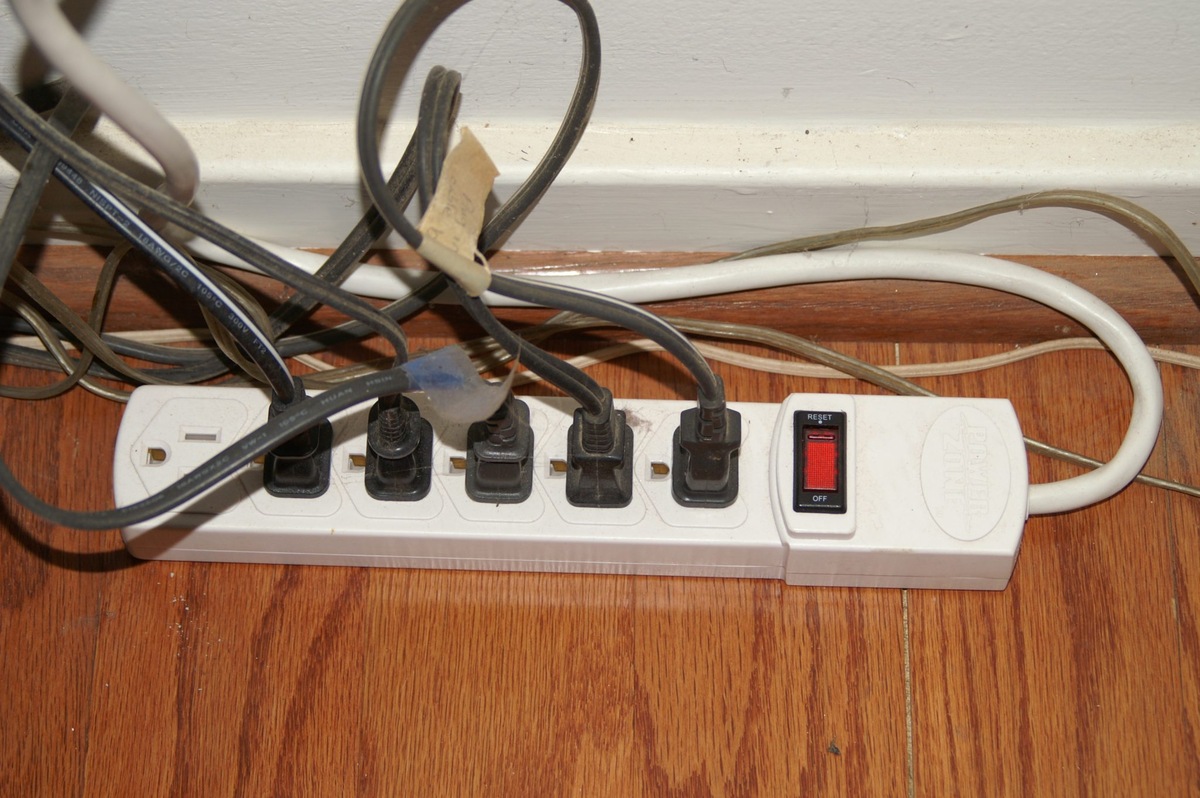
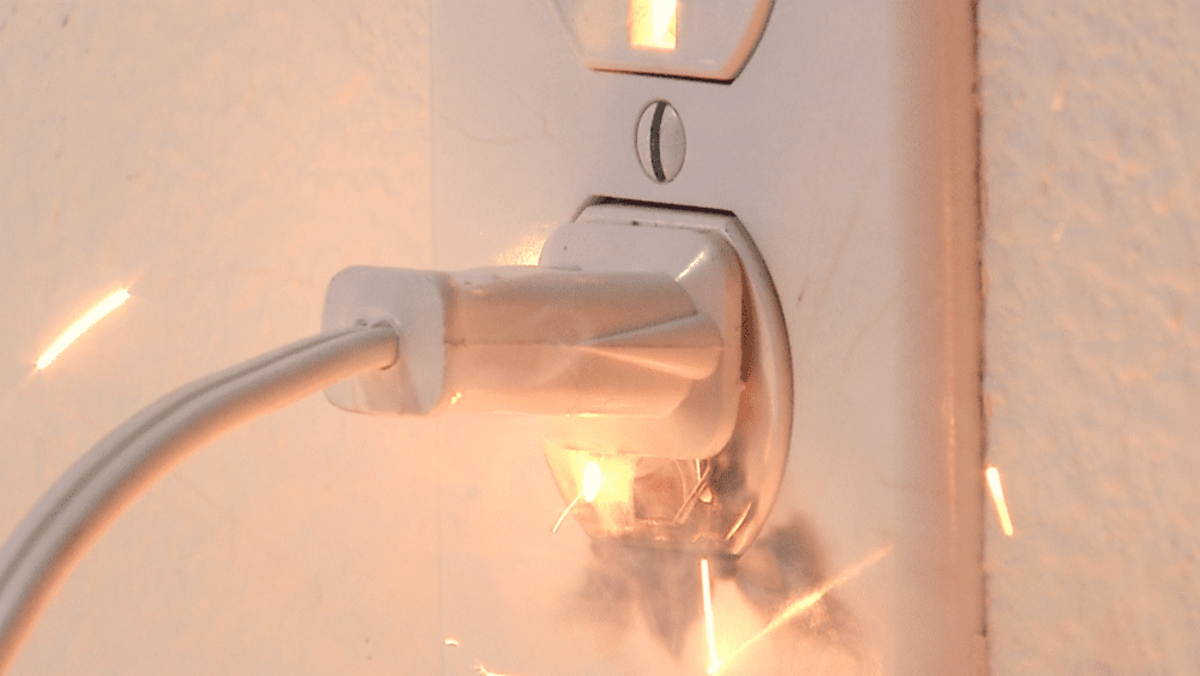
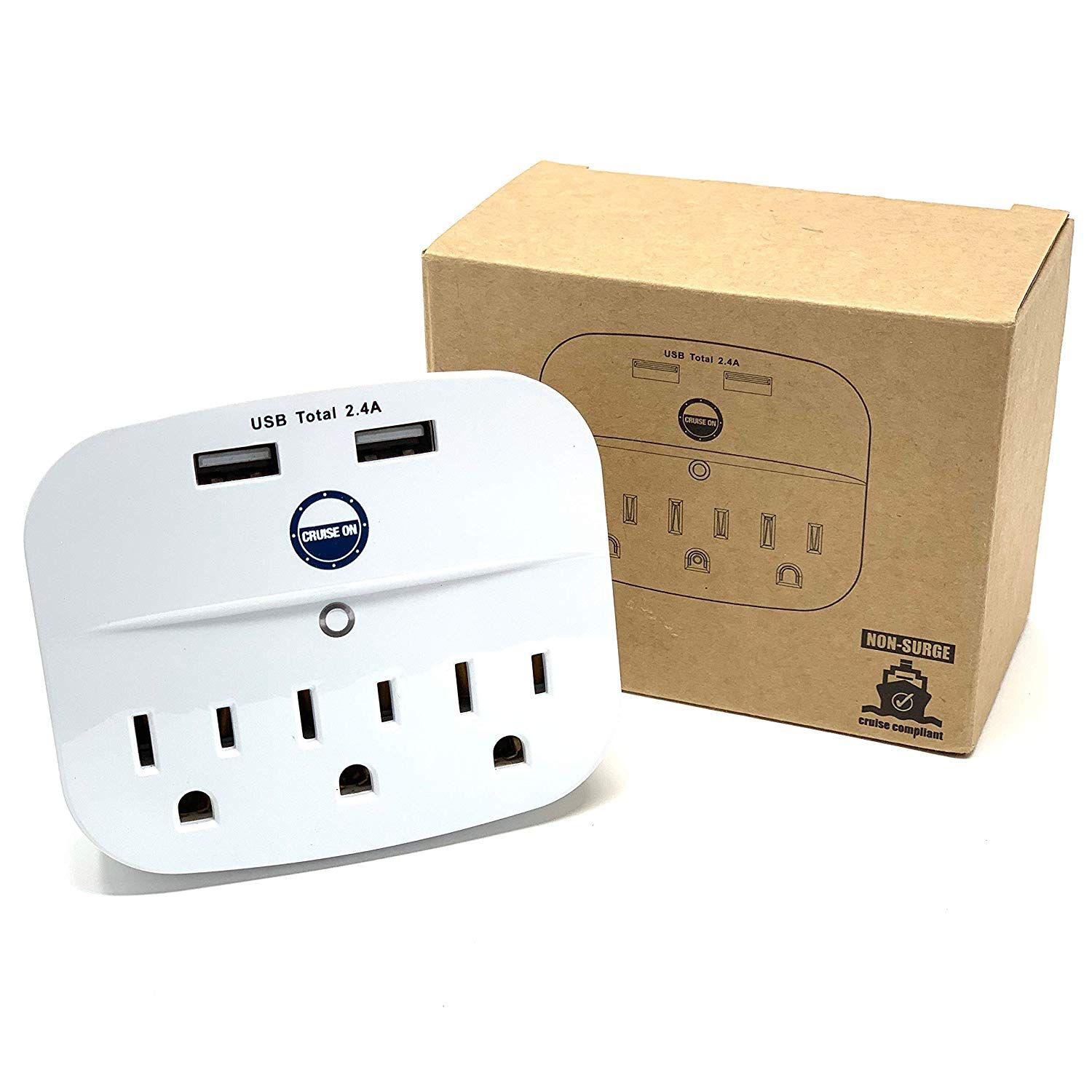
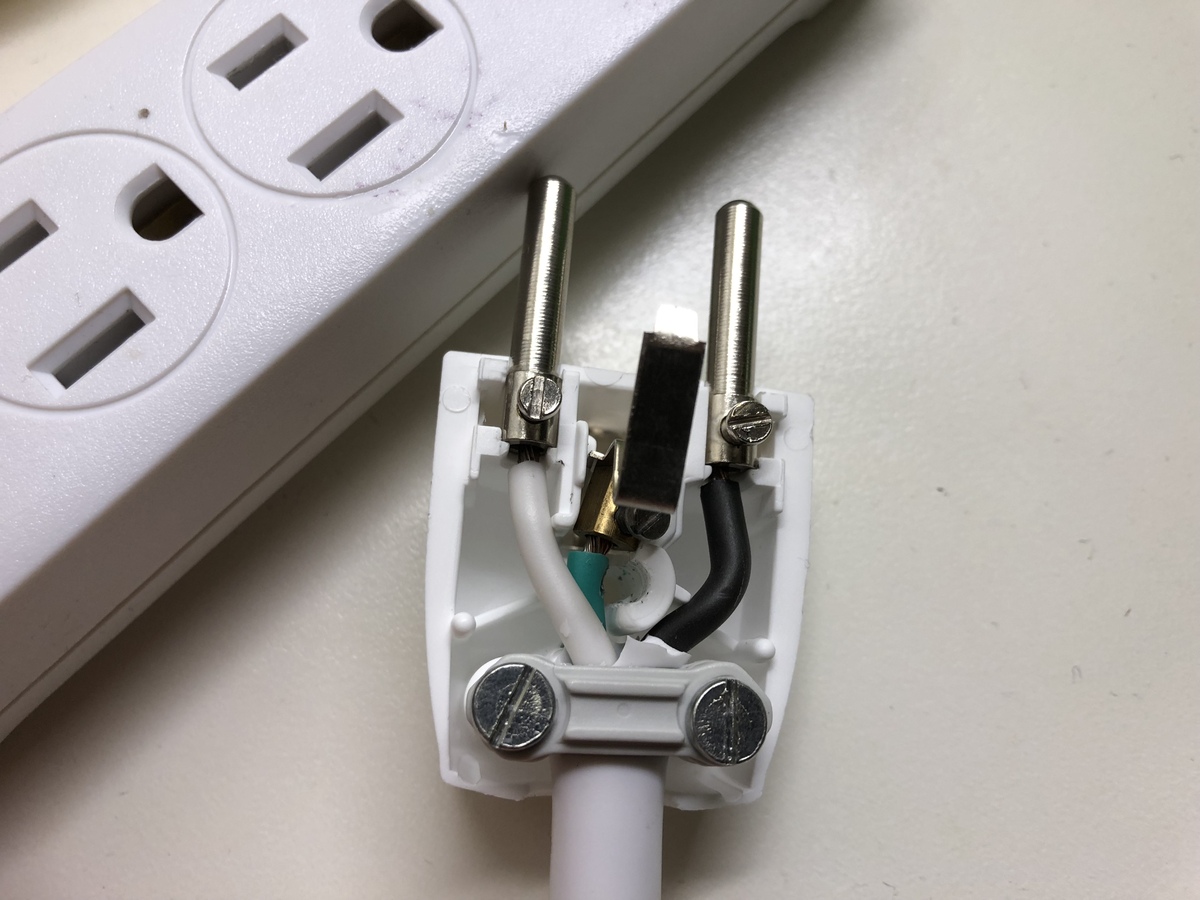
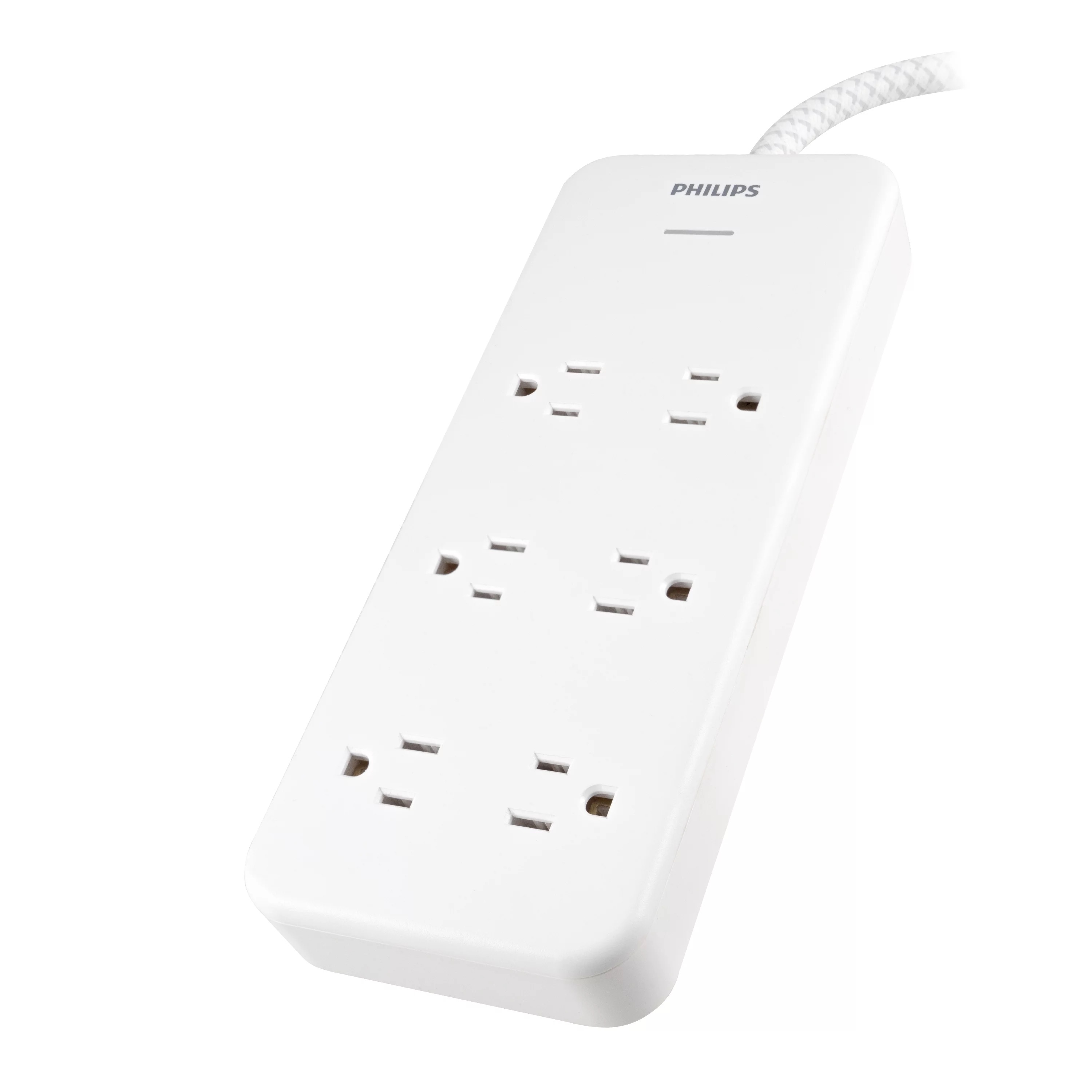
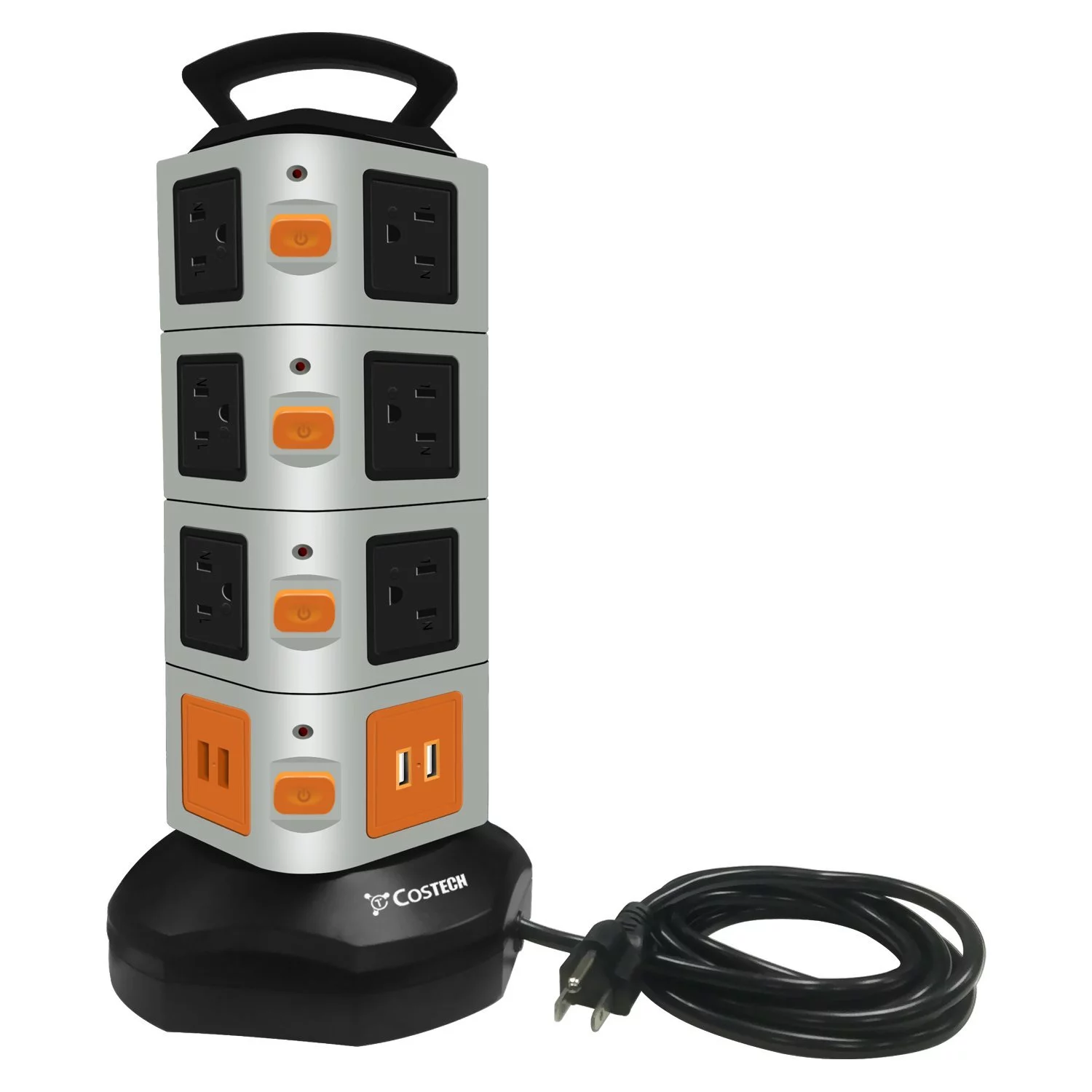
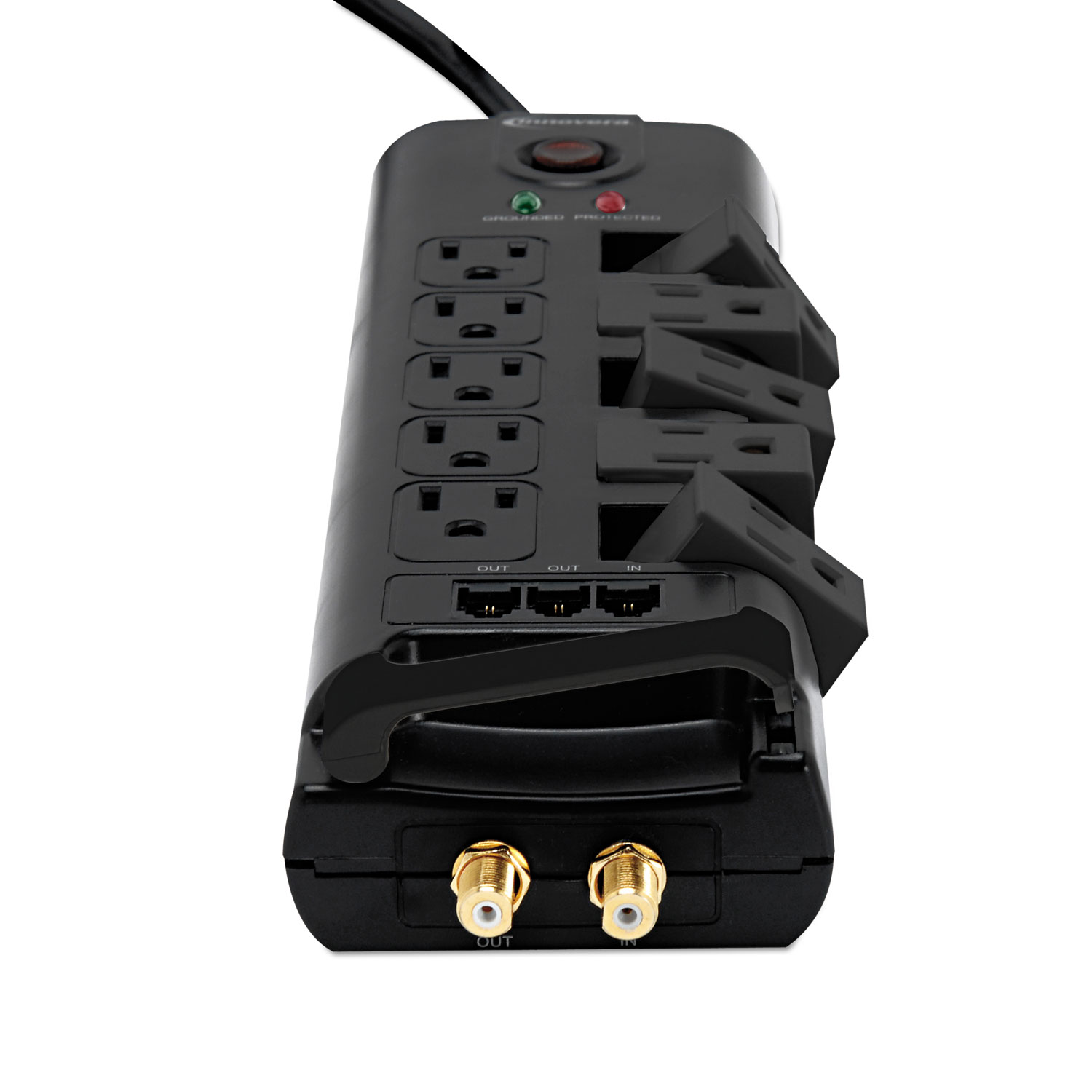
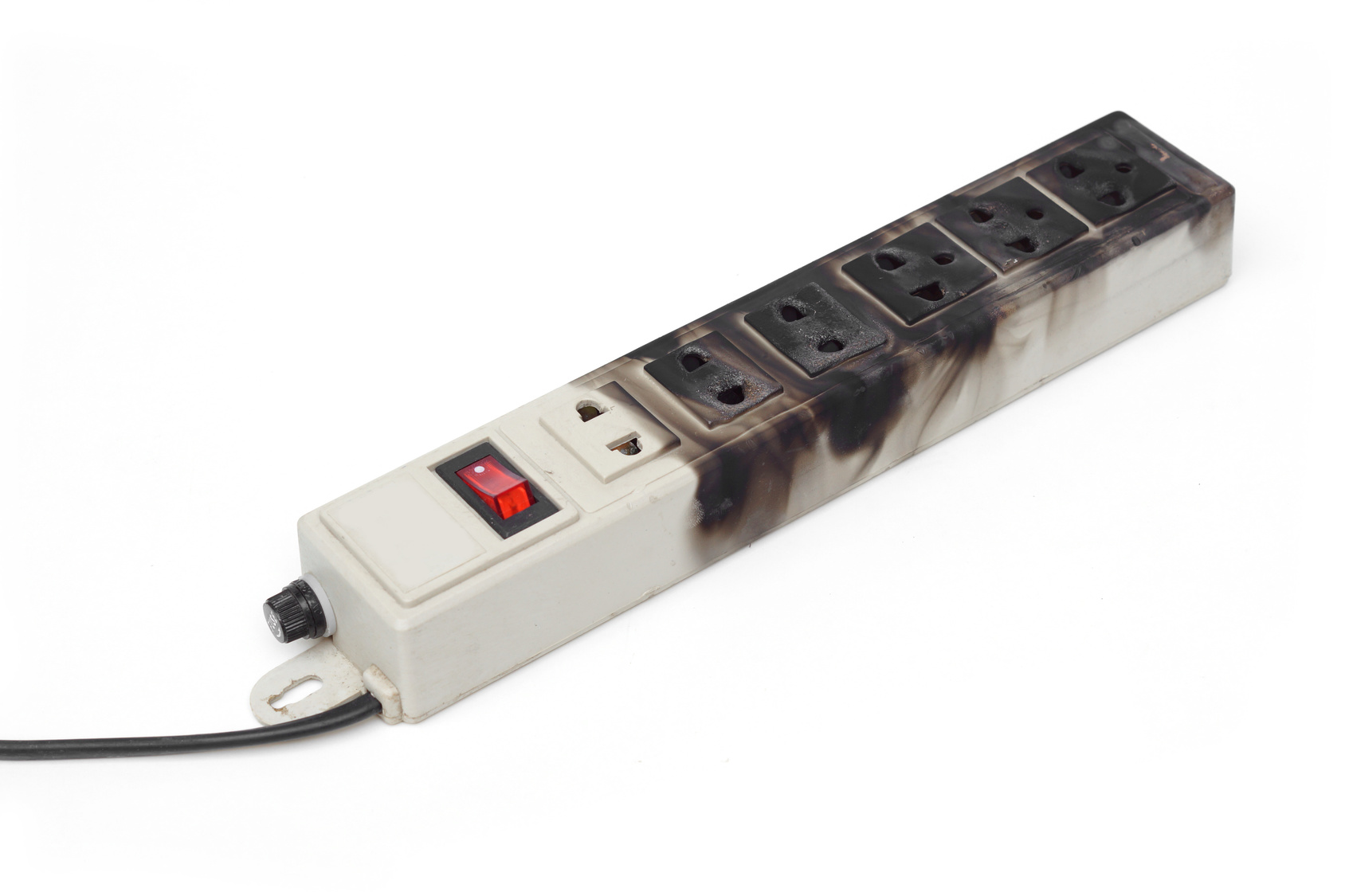
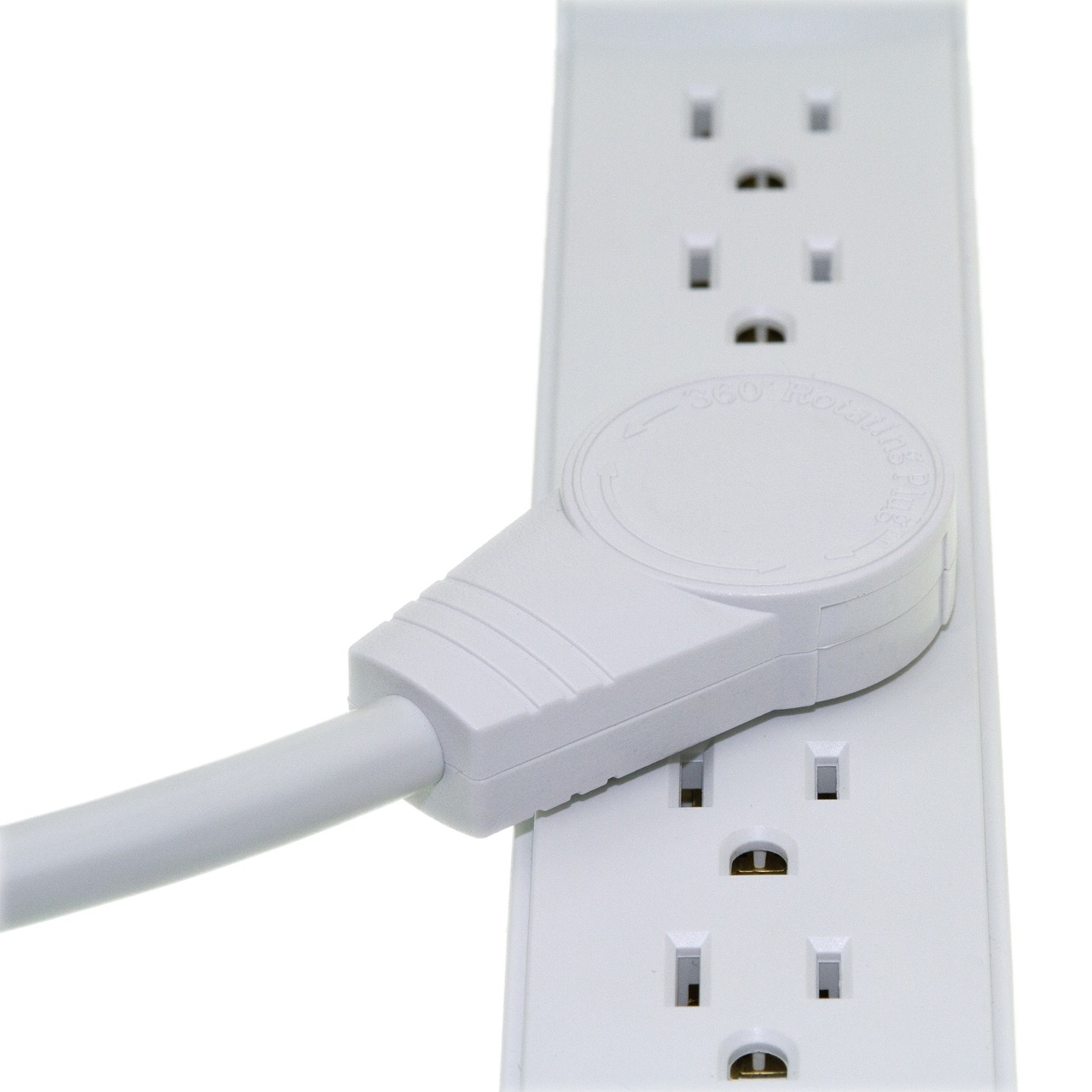
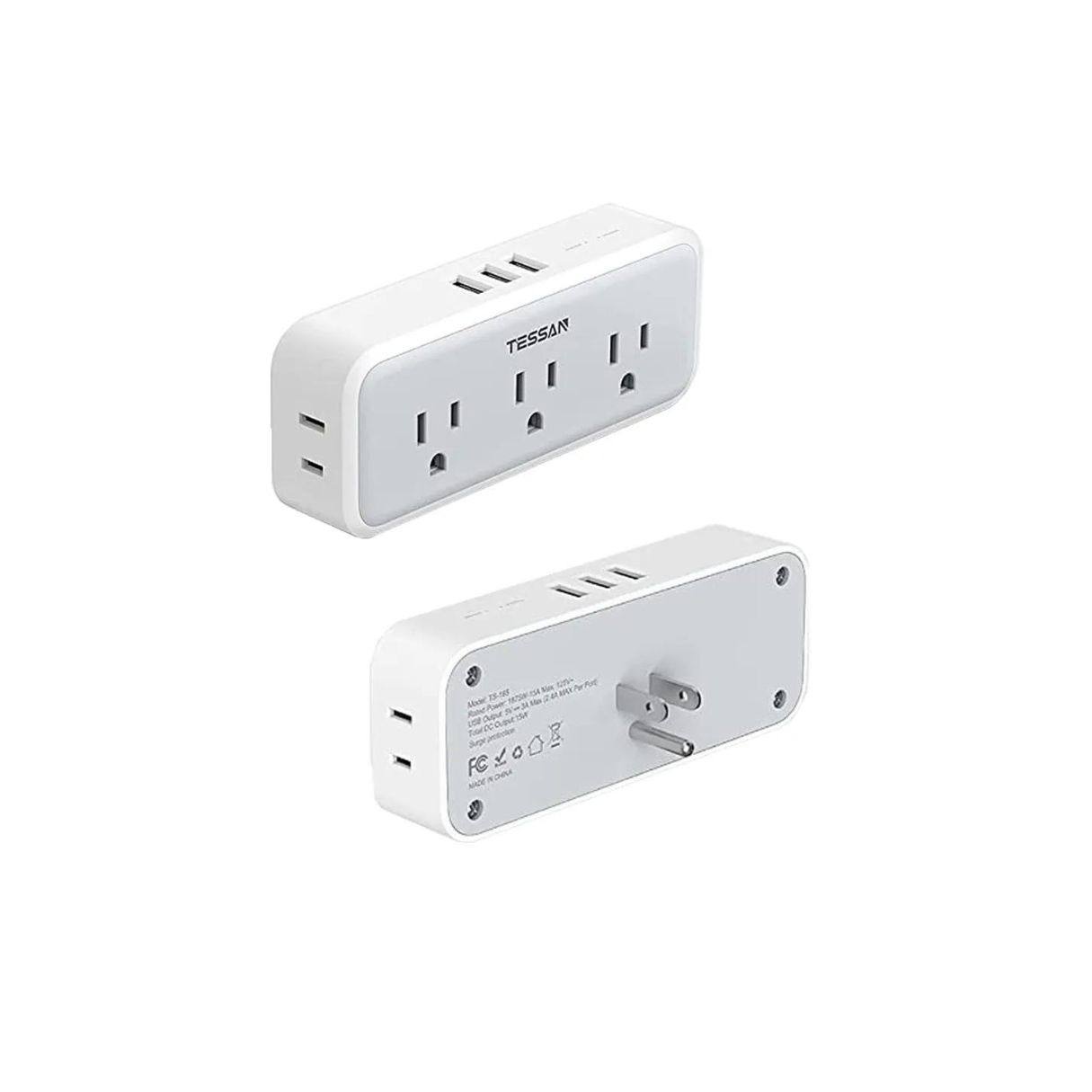
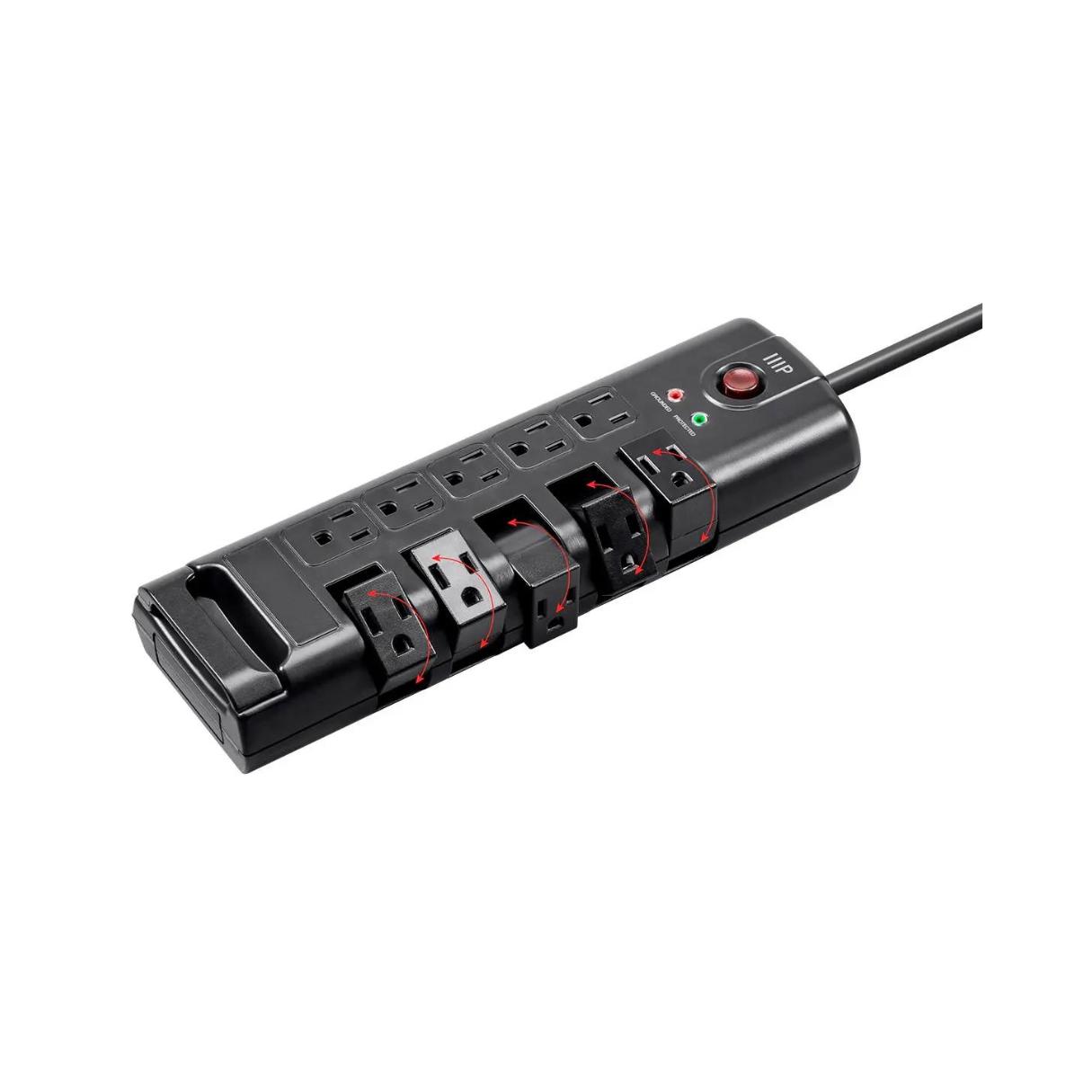
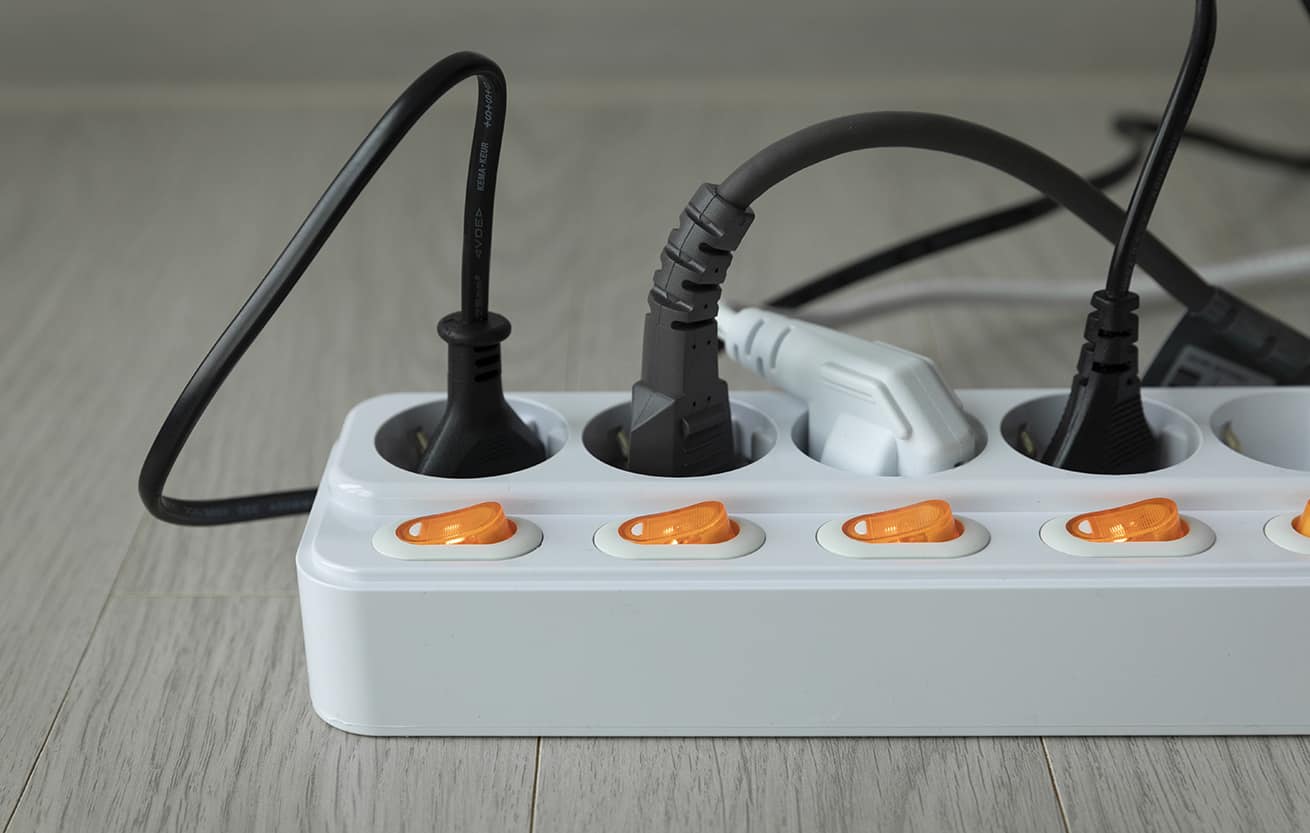
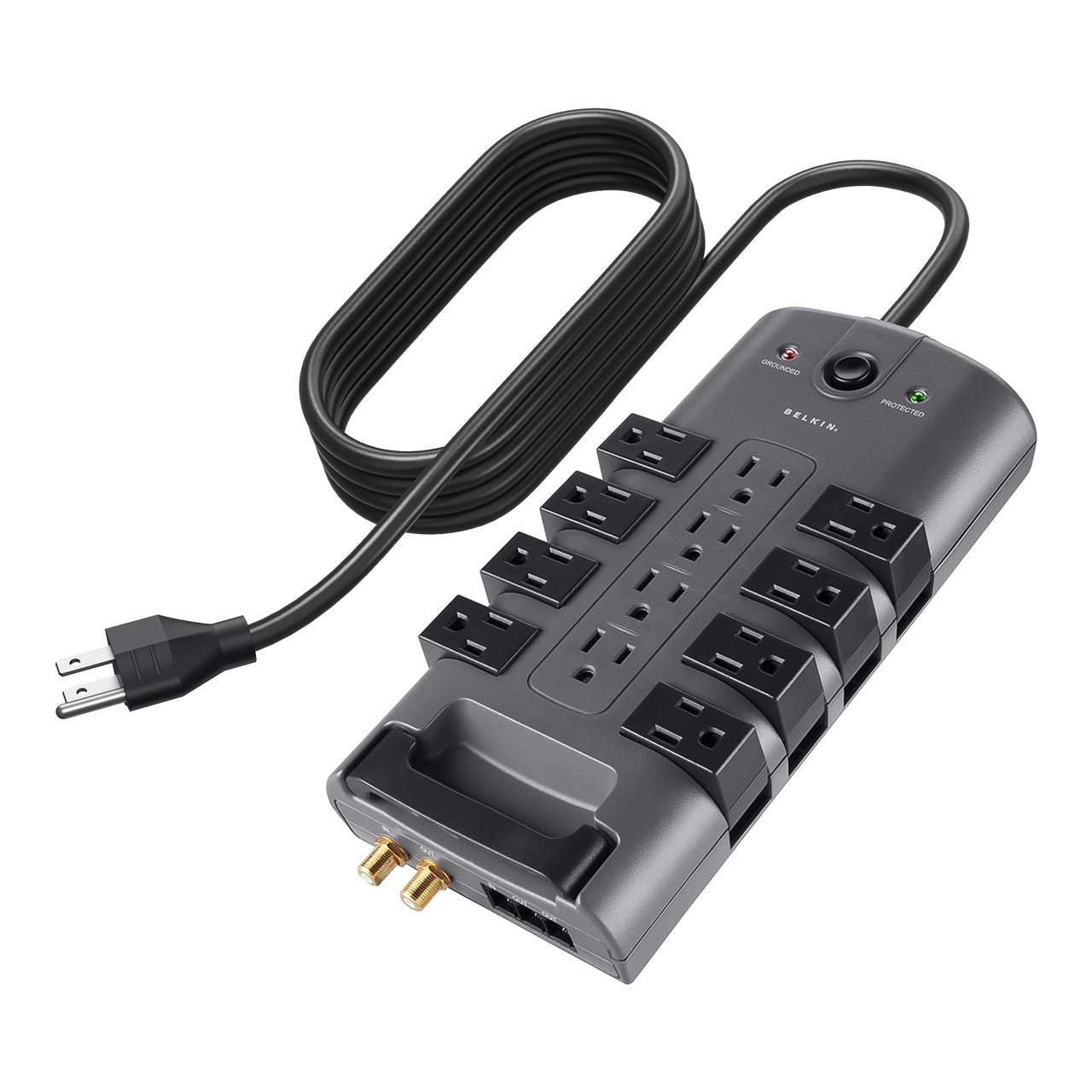
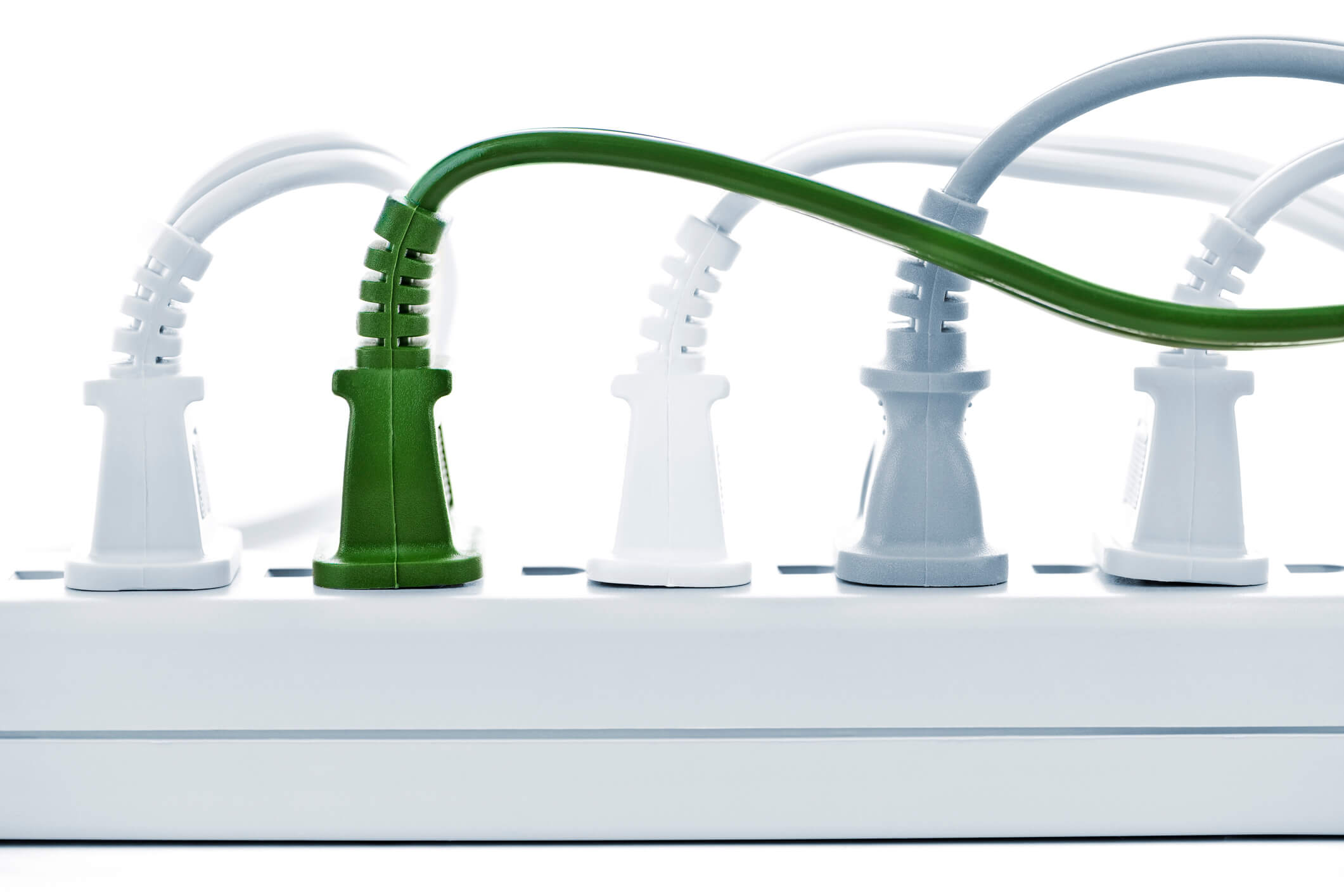

0 thoughts on “How Much Can You Plug Into A Surge Protector”